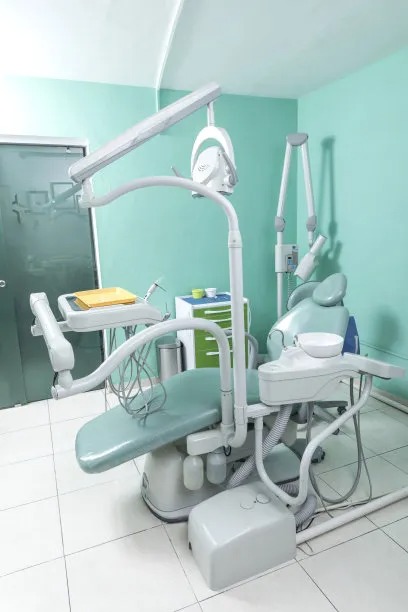Essential Dental Filling Precautions to Ensure Long Lasting Results and Maintain Oral Health Effectively
Summary: Dental fillings are crucial for restoring the function and aesthetics of damaged teeth. To ensure long-lasting results and effective oral health maintenance, specific precautions are essential. This article discusses these necessary precautions, examining four key areas: proper aftercare following dental fillings, the importance of choosing the right filling material, regular dental check-ups, and maintaining proper oral hygiene practices. Each aspect plays a significant role in prolonging the life of dental fillings and fostering overall dental health, ensuring that patients can enjoy their smiles for years to come.
1. Proper Aftercare Following Dental Fillings

After receiving a dental filling, its imperative to follow specific aftercare guidelines to ensure optimal healing and longevity of the filling. Initially, it is advisable to avoid chewing on the side of the mouth where the filling was placed for at least 24 hours. This precaution helps in preventing damage to the new filling while it fully hardens and bonds with the existing tooth structure.
Furthermore, patients should take note of any sensitivity or discomfort following the procedure. Mild sensitivity to temperature changes is common for a short duration. However, if the discomfort persists beyond a few days, it’s crucial to consult a dentist promptly to address any potential complications.
Finally, avoiding extremely hot or cold foods and beverages in the days immediately following the procedure can help reduce discomfort and allow the filling to settle properly. All these points together contribute to a smoother recovery process, ensuring the filling serves its purpose effectively.
2. Choosing the Right Filling Material
The choice of filling material is vital for the durability and aesthetic appeal of the restoration. Several options are available, including amalgam, composite resin, ceramic, and gold. Each material has distinct properties, benefits, and drawbacks that need consideration based on individual patient needs and dental conditions.
Composite resins, for example, match the color of natural teeth, making them preferable for visible areas. However, they may not withstand high chewing forces as well as amalgam or gold fillings. On the other hand, dental amalgams are stronger and more durable but are less aesthetically pleasing. Understanding these differences aids patients and dentists in selecting the most suitable material.
Moreover, discussions with your dentist about potential allergies to certain materials, as well as personal preferences related to aesthetics and functionality, can guide this choice. Ultimately, selecting the right material can heavily influence the fillings longevity and performance over time.
3. Importance of Regular Dental Check-Ups
Routine dental check-ups are essential for monitoring the health of filled teeth and the surrounding structures. Even if a filling seems intact, underlying issues can develop, compromising the tooth and fillings integrity. Regular visits allow dentists to identify and address such problems before they escalate.
During check-ups, dentists can also assess the condition of existing fillings, checking for signs of wear, discoloration, or damage. This preventive approach helps ensure that fillings remain functional and do not lead to further complications, such as secondary decay or root canal infections.
Additionally, these appointments provide an opportunity for professional cleanings, which help maintain oral hygiene and reduce the risk of cavities in surrounding teeth. Thus, actively engaging in regular dental visits can prolong the lifespan of fillings and contribute significantly to overall oral health.
4. Maintaining Proper Oral Hygiene Practices
Maintaining an effective oral hygiene routine is imperative for the longevity of dental fillings. Brushing at least twice a day with fluoride toothpaste and flossing daily helps remove plaque and food particles that, if left unchecked, can lead to cavities around the filling.
Furthermore, the use of an antibacterial mouthwash can enhance oral hygiene by reducing the bacterial load in the mouth, which can help prevent decay near fillings. Patients should also be aware of the importance of soft-bristled toothbrushes, which can effectively clean without damaging the filling or the surrounding tooth structure.
Educating oneself about dietary choices also plays a significant role in oral health. Limiting the intake of sugary and acidic foods can reduce the risk of decay, ensuring that existing fillings and natural teeth remain healthy. This proactive approach can significantly contribute to dental longevity and overall well-being.
Summary:
In summary, ensuring long-lasting dental fillings involves a multi-faceted approach that emphasizes proper aftercare, choosing the right filling material, regular dental check-ups, and maintaining strong oral hygiene practices. Each aspect is interlinked and plays a crucial role in safeguarding oral health, nurturing the longevity of dental restorations, and enhancing the patients overall dental experience.
This article is compiled by Vickong Dental and the content is for reference only.



